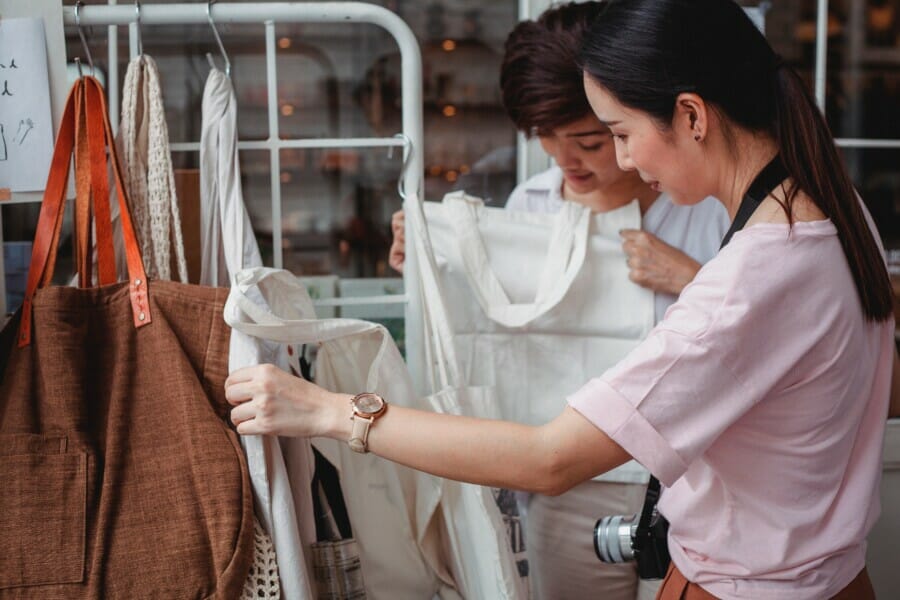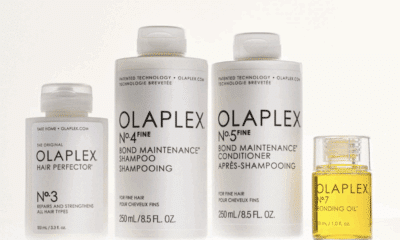Sustainable Fashion: 6 Things You Need To Know
You’ve likely heard the terms “fast fashion” and “sustainable fashion” before, but what exactly do they entail? In essence, fast fashion involves the excessive consumption of clothing, while sustainable fashion focuses on conscientious consumption of quality items. As people increasingly strive to be more environmentally aware, sustainable fashion has gained popularity. It not only supports workers’ rights but also helps reduce exploitation in the industry. There are some common misconceptions about sustainable fashion, so let’s delve into six key aspects you should know about it.
1. Sustainable Fashion Is Not A Sacrifice
Many individuals believe that opting for sustainable fashion means compromising on style and wearing unappealing garments made from uncomfortable fabrics. However, this is far from the truth! Today, numerous sustainable fashion brands offer stylish and trendy outfits that can be customized to suit individual preferences. The key is to shop from ethical retailers and select items that align with your lifestyle. Sustainable fashion is not about limiting yourself to a few pieces but rather investing in versatile items that can be mixed and matched for various occasions.
2. Sustainable Fashion Is Not Elitist Or Expensive
Contrary to popular belief, sustainable fashion does not necessarily mean exorbitant prices or exclusivity for the wealthy. While some sustainable pieces may come at a slightly higher cost, their durability often translates to long-term savings. By investing in quality clothing, you can rely on your wardrobe staples for years to come, eliminating the need for frequent replacements. Additionally, sustainable fashion is not limited to obscure retailers; there are numerous affordable options available both online and in physical stores, including offerings from mainstream fashion brands.
3. Which Materials To Focus On
The materials used in creating clothing play a significant role in sustainability. When shopping for sustainable fashion, pay attention to the labels to determine the materials used in the garment’s production. Opt for materials such as ethically sourced leather, recycled polyester, and organic cotton, all of which contribute to sustainable practices. Synthetic fabrics commonly used in fast fashion not only harm the environment but also often result in poor working conditions for garment workers. Choosing natural materials whenever possible is a more sustainable choice.

Image by Anna Tarazevich via Pexels
4. Sustainable Fashion And Unsubscribing
To curb impulsive purchases driven by constant retail promotions, consider unsubscribing from newsletters and avoiding unnecessary visits to stores. By only acquiring items you genuinely need, you can adhere to a sustainable fashion budget more effectively. Utilizing apps to track your existing wardrobe and frequently worn items can aid in identifying what pieces you truly require, streamlining your shopping habits.
5. Repair Before Buying
Before purchasing new clothing, explore the option of repairing damaged garments. Repairing items is not only cost-effective but also environmentally friendly. Learning basic sewing skills through online tutorials can be a rewarding and eco-conscious endeavor. Alternatively, entrusting repairs to a professional seamstress is a sustainable alternative to discarding damaged clothing.
6. Buying Vintage Is A Great Way To Be Sustainable
Opting for vintage clothing is a sustainable choice that reduces the environmental impact associated with new garment production. Vintage pieces often feature natural materials and offer a unique style that sets you apart. Many individuals, including celebrities, embrace vintage fashion to curate distinctive looks.

Image by Burst via Pexels
In conclusion, sustainable fashion encompasses various practices, including selecting garments made from natural materials, supporting ethical brands, considering vintage options, and prioritizing repairs over new purchases. By educating oneself on sustainable fashion principles and making informed choices, individuals can contribute to a more environmentally conscious and socially responsible fashion industry.
Featured Image by Sam Lion via Pexels
















